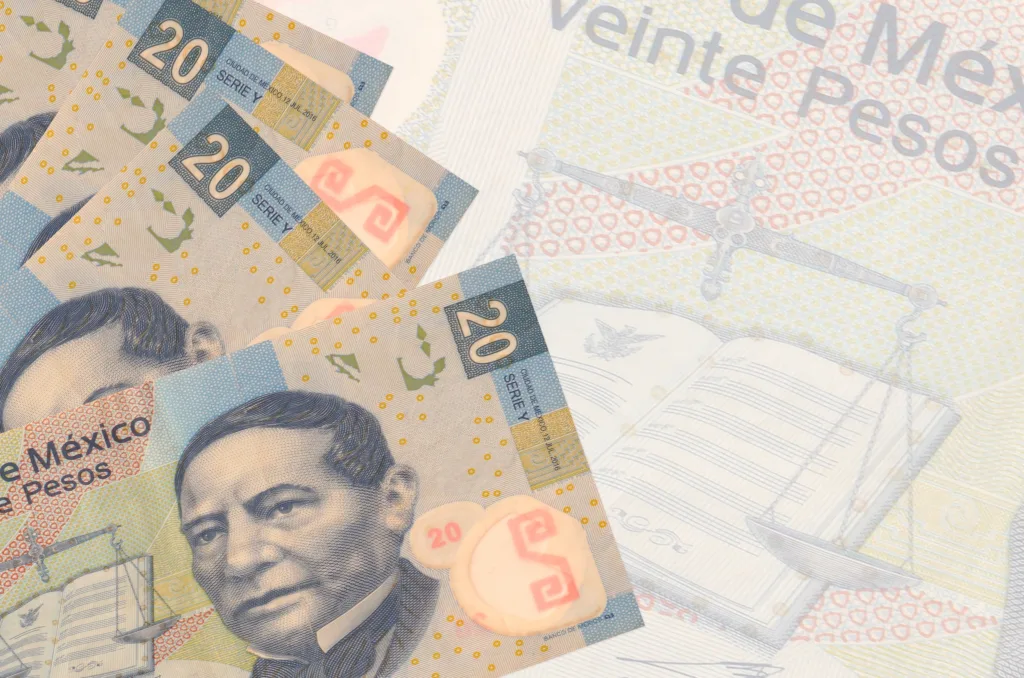Access to quality financial services is a fundamental need in today’s world. Yet, for many immigrant communities, this need often goes unmet due to a myriad of challenges, ranging from language barriers to a lack of credit history. However, financial technology, or fintech, is emerging as a powerful force capable of bridging this gap. Through innovative platforms and services, fintech is democratizing access to financial services, bringing previously underserved communities into the financial fold. In this article, we’ll explore several key ways this transformation is taking place.
Micro-financing and Peer-to-Peer Lending
One of the first barriers immigrants often face when trying to establish themselves in a new country is accessing capital. Traditional financial institutions require credit history or collateral, often leaving immigrants unable to secure loans for starting businesses or buying homes.
Fintech is changing this through micro-financing and peer-to-peer lending platforms. By using alternative data like utility payments or transaction history in home countries, these platforms can evaluate credit risk more holistically. This means immigrants can access loans based on a more comprehensive picture of their financial behavior, rather than being limited by the lack of a domestic credit history.

Remittance Services
Another challenge for immigrant communities is sending money back home. Traditional money transfer services can be costly and time-consuming, with high fees and lengthy processing times.
Fintech companies are revolutionizing this space with digital remittance services that offer lower fees, instant transfers, and mobile access. This not only helps immigrant families support their loved ones back home but also contributes to economic development in their countries of origin.
Digital Banking
Many immigrants face barriers in opening bank accounts due to language difficulties, unfamiliarity with the banking system, or lack of necessary documentation. Fintech is tackling this issue with digital banking services designed specifically for these populations. These include multilingual platforms, simplified account setup procedures, and user-friendly interfaces that make banking more accessible for those not traditionally served by banks.
Notably, digital banks offer more than just ease of account setup. They provide an array of features aimed at increasing financial inclusivity. For example, they often offer low-fee accounts, waiving the typical account minimum balances that can be prohibitive for many immigrants. They also provide real-time expense tracking and automatic savings features that help users manage their money more efficiently.
Furthermore, digital banks are expanding the boundaries of traditional banking by integrating additional services such as insurance, loans, and investment opportunities into their platforms. This “one-stop-shop” approach to banking is not only convenient but also empowers users to take charge of their financial wellness, providing them access to a suite of financial services that might otherwise be out of reach.
Importantly, digital banks operate on a global scale, offering their services across multiple countries. This international approach enables immigrants to manage finances both in their new countries and back home, simplifying international transactions and providing peace of mind.
Personal Finance Management Tools
Navigating the financial landscape in a new country can be daunting. Fintech is helping ease this journey with personal finance management tools tailored for immigrant communities. These tools offer budgeting assistance, investment guidance, and financial literacy education, helping immigrants take control of their financial future.
In recent years, we have seen the emergence of fintech platforms specifically designed to educate immigrants about local financial norms, systems, and opportunities. These platforms provide resources and tutorials in multiple languages, making it easier for non-English speakers to comprehend and apply the information.
Moreover, some of these tools offer personalized advice based on the user’s specific financial situation. They can help users understand complex subjects such as taxes, social security benefits, and retirement savings plans. By offering such targeted guidance, these tools can equip immigrants with the knowledge necessary to navigate their new financial landscape confidently.
| Traditional Services | Fintech-enabled Services | |
|---|---|---|
| Access to Capital | Limited by lack of domestic credit history | Allows alternative data for credit evaluation |
| Remittance | High fees, slow processing | Lower fees, instant transfers |
| Banking | Limited by language barriers and documentation requirements | Simplified, multilingual setup procedures |
| Financial Education | Limited availability, language barriers | Personalized advice, multiple languages |
Fintech is not just about disrupting the financial industry. It’s about accessibility and inclusion. It’s about providing equal financial opportunities to all, regardless of their background. By leveraging technology, fintech is bridging the gap between traditional financial services and immigrant communities, ensuring everyone has a fair shot at financial success.
The impact of these fintech solutions on immigrant communities cannot be overstated. By offering accessible, cost-effective, and inclusive financial services, fintech is not only democratizing finance but also empowering these communities to thrive in their new home countries. As the fintech industry continues to innovate and evolve, the opportunities for further inclusion and democratization are boundless.



1 thought on “Fintech: Democratizing Access to Financial Services for Immigrants”
Comments are closed.